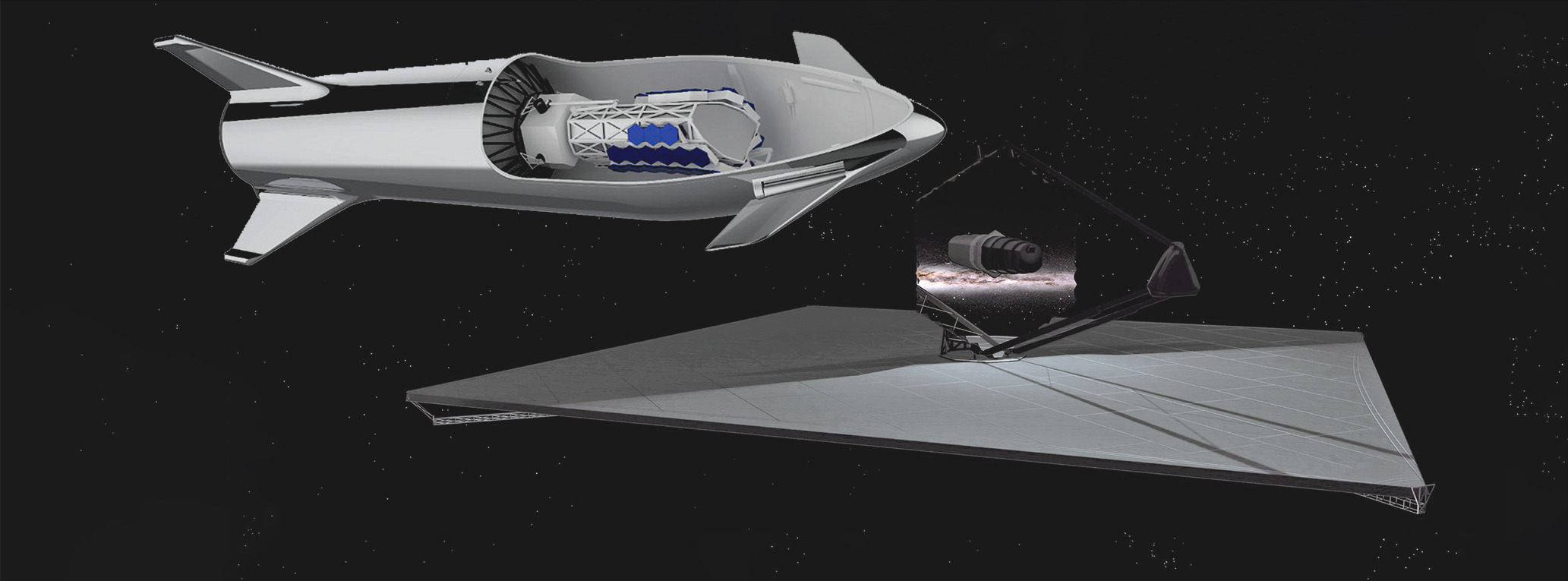
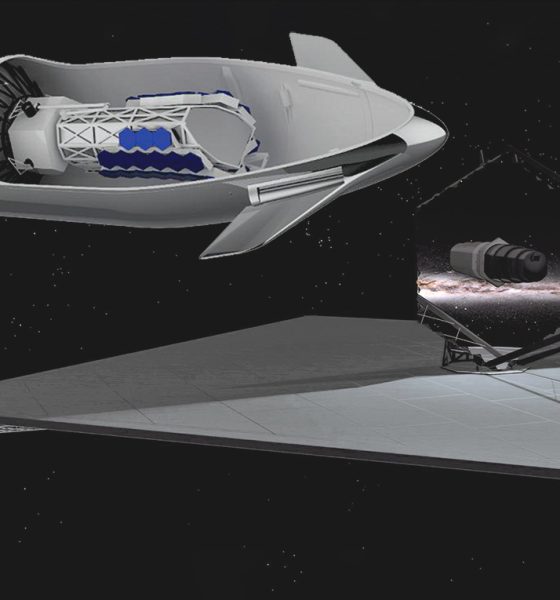
SpaceX
SpaceX’s steel Starship gets new official render, this time with a huge NASA telescope
SpaceX recently provided NASA with the third known official render of its stainless steel Starship, focused on the vehicle’s potential utility for launching massive scientific spacecraft for NASA. Starship’s only direct competition for the proposed LUVOIR telescope: NASA’s own SLS rocket.
Published by NASA’s Goddard Space Flight Center (GSFC), Starship is shown with a smaller “B” variant of the proposed LUVOIR space telescope in its payload bay. According to a scientist from the Space Telescope Science Institute (STSI), the massive LUVOIR-A variant could “barely” fit inside Starship’s clamshell bay, but the telescope could also be tweaked to more perfectly fit the constraints of its chosen launch vehicle. LUVOIR is effectively being designed as a logical follow-up to the James Webb Space Telescope (JWST) and could be ready to launch no earlier than 2039 if NASA selects the idea – one of three under consideration – for future development.
The LUVOIR telescope (shorthand for Large UV/Optical/IR Surveyor) is currently grouped into two different categories, A and B. A is a full-scale, uncompromised telescope with a vast 15-meter primary mirror and a sunshade with an area anywhere from 5000 to 20000 square meters (1-4 acres). B is a smaller take on the broadband surveyor telescope, with an 8-meter primary mirror (a quarter of the area of LUVOIR-A’s) accompanied by a similarly reduced sunshade (and price tag, presumably).
— Teslarati, July 2018
Goddard’s “we asked, SpaceX checked” statement refers to a funded analysis of LUVOIR launch options the group announced back in July 2018, at which point the future prospects of NASA’s SLS rocket were far more stable. Approximately nine months later, NASA administrator Jim Bridenstine announced that all work on future SLS upgrades – including the Block 1B and Block 2 variants that could have supported the launch of LUVOIR-A – was to be halted as soon as possible. All of that funding would instead be focused on mitigating a never-ending string of delays and pushing SLS to actually prepare for its first launches. Bridenstine has since publicly waffled on that aggressive plan, simultaneously indicating that some of those SLS upgrades (mainly an advanced upper stage, EUS) would be critical for one variant of his proposal to return astronauts to the Moon as early as 2024.
Regardless, the blood of SLS is currently in the water as NASA pursues an answer to the question of whether commercial rockets can instead be used to launch the agency’s Orion spacecraft and Lunar Gateway segments. Based on preliminary interviews focused on NASA’s internal study of the subject, there is still plenty of room for SLS as long as its contractors (namely Boeing) can stem relentless delays, cost overruns, and quality control issues and finally prepare the rocket for its first missions.
As described above, it appears likely that NASA is going to require the SLS rocket’s core stage to conduct a critical mission-duration test fire before permitting the vehicle to begin launch preparations in Florida. As a result, there will be almost no conceivable way for the rocket to rise to the 2020 launch debut challenge issued by Bridenstine, potentially meaning that NASA will put significant resources into studying and developing alternatives to SLS. If or when NASA sets the precedent for allowing serious studies and funding of SLS alternatives, the death of the rocket will almost certainly be assured. Relative to commercial rockets like Falcon Heavy, New Glenn, Vulcan Heavy, and even SpaceX’s BFR (i.e. Starship/Super Heavy), conservative estimates suggest that SLS will be no less than 5-20+ times as expensive on a per-launch basis.
Consequently, it should come as no surprise to see NASA Goddard openly confirm its willingness to launch future flagship science missions on SpaceX’s Starship vehicle, so long as the rocket is successfully developed, launched, and certified by NASA for high-value missions. Given just how distant the proposed ~2039 launch of LUVOIR is and how early SpaceX is in the process of developing Starship/Super Heavy into a highly mature and reliable launch vehicle, one should not read too far into Goddard’s public support.
However, there should be no doubt at this point that SpaceX’s next-generation Starship and current-generation Falcon Heavy rockets are already upsetting certain aspects of the status quo. If SpaceX continues to refine Starship’s design and demonstrate Falcon Heavy’s reliability and readiness, studies like Goddard’s LUVOIR launch case can be expected to crop up throughout domestic and global space industries, both pubic and private.
Check out Teslarati’s Marketplace! We offer Tesla accessories, including for the Tesla Cybertruck and Tesla Model 3.

Elon Musk
Elon Musk gives nod to SpaceX’s massive, previously impossible feat
It was the booster’s 30th flight, a scenario that seemed impossible before SpaceX became a dominant force in spaceflight.
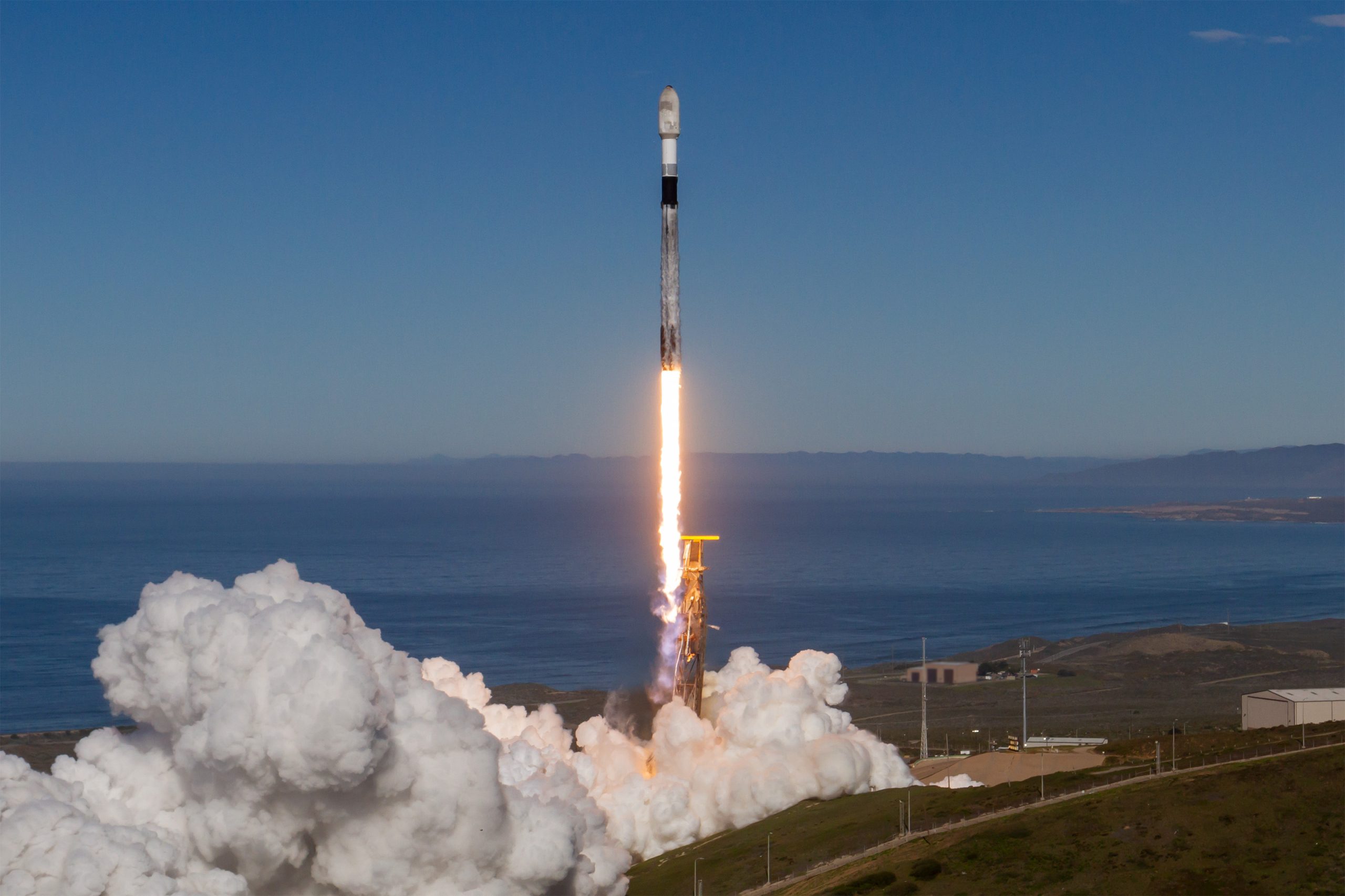
Elon Musk gave a nod to one of SpaceX’s most underrated feats today. Following the successful launch of the Transporter-15 mission, SpaceX seamlessly landed another Falcon 9 booster on a droneship in the middle of the ocean.
It was the booster’s 30th flight, a scenario that seemed impossible before SpaceX became a dominant force in spaceflight.
Elon Musk celebrates a veteran Falcon 9 booster’s feat
SpaceX completed another major milestone for its Smallsat Rideshare program on Friday, successfully launching and deploying 140 spacecraft aboard a Falcon 9 from Vandenberg Space Force Base. The mission, known as Transporter-15, lifted off two days later than planned after a scrub attributed to a ground systems issue, according to SpaceFlight Now. SpaceX confirmed that all payloads designed to separate from the rocket were deployed as planned.
The Falcon 9 used for this flight was booster B1071, one of SpaceX’s most heavily flown rockets. With its 30th mission completed, it becomes the second booster in SpaceX’s fleet to reach that milestone. B1071’s manifest includes five National Reconnaissance Office missions, NASA’s SWOT satellite, and several previous rideshare deployments, among others. Elon Musk celebrated the milestone on X, writing “30 flights of the same rocket!” in his post.
Skeptics once dismissed reusability as unfeasible
While rocket landings are routine for SpaceX today, that was not always the case. Industry veterans previously questioned whether reusable rockets could ever achieve meaningful cost savings or operational reliability, often citing the Space Shuttle’s partial reusability as evidence of failure.
In 2016, Orbital ATK’s Ben Goldberg argued during a panel that even if rockets could be reusable, they do not make a lot of sense. He took issue with Elon Musk’s claims at the time, Ars Technica reported, particularly when the SpaceX founder stated that fuel costs account for just a fraction of launch costs.
Goldberg noted that at most, studies showed only a 30% cost reduction for low-Earth orbit missions by using a reusable rocket. “You’re not going to get 100-fold. These numbers aren’t going to change by an order of magnitude. They’re just not. That’s the state of where we are today,” he said.
Former NASA official Dan Dumbacher, who oversaw the Space Launch System, expressed similar doubts in 2014, implying that if NASA couldn’t make full reusability viable, private firms like SpaceX faced steep odds.
Elon Musk
SpaceX’s Starship program is already bouncing back from Booster 18 fiasco
Just over a week since Booster 18 met its untimely end, SpaceX is now busy stacking Booster 19, and at a very rapid pace, too.
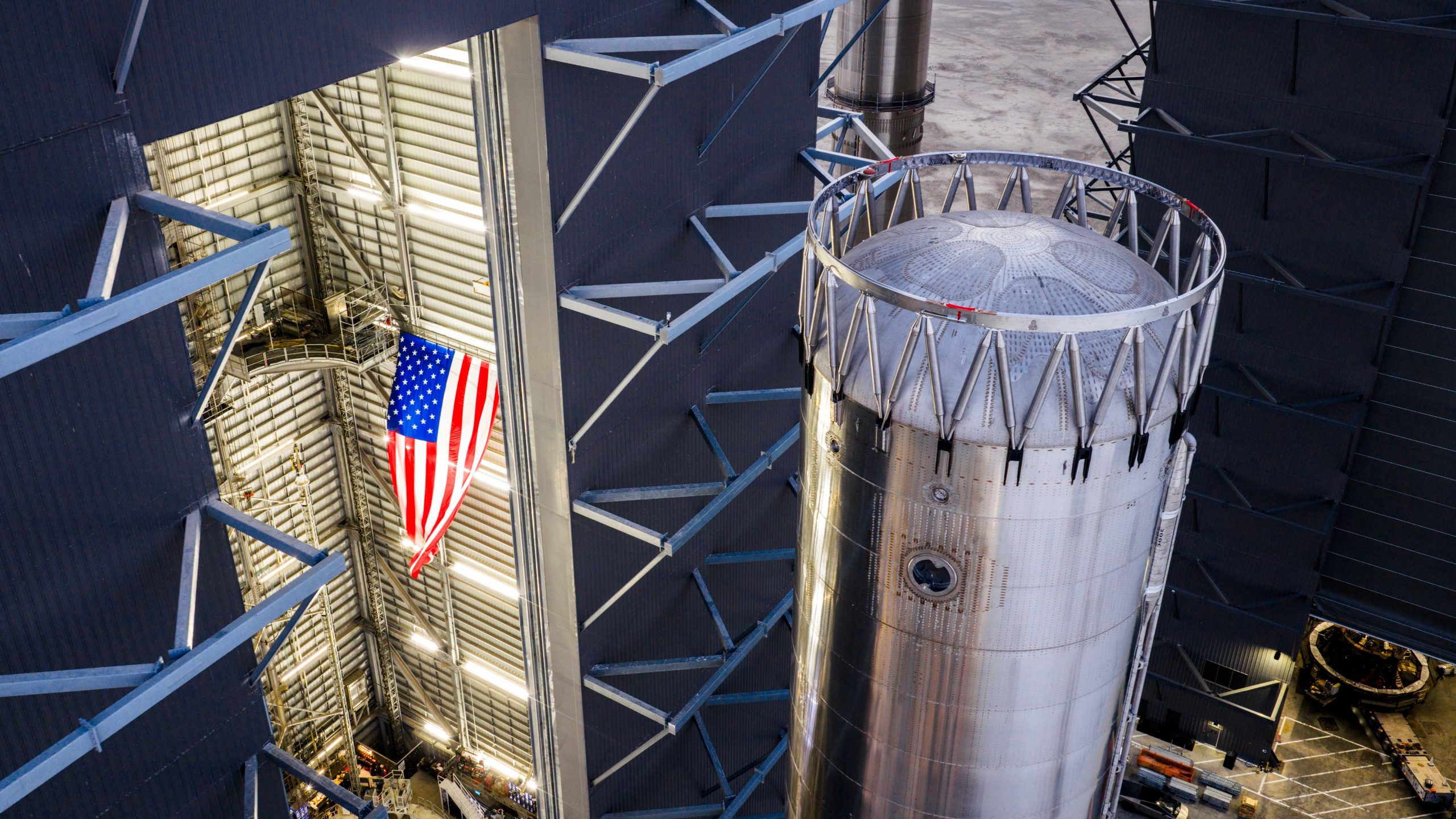
SpaceX is already bouncing back from the fiasco that it experienced during Starship Booster 18’s initial tests earlier this month.
Just over a week since Booster 18 met its untimely end, SpaceX is now busy stacking Booster 19, and at a very rapid pace, too.
Starship V3 Booster 19 is rising
As per Starbase watchers on X, SpaceX rolled out the fourth aft section of Booster 19 to Starbase’s MegaBay this weekend, stacking it to reach 15 rings tall with just a few sections remaining. This marks the fastest booster assembly to date at four sections in five days. This is quite impressive, and it bodes well for SpaceX’s Starship V3 program, which is expected to be a notable step up from the V2 program, which was retired after a flawless Flight 11.
Starship watcher TankWatchers noted the tempo on X, stating, “During the night the A4 section of Booster 19 rolled out to the MegaBay. With 4 sections in just 5 days, this is shaping up to be the fastest booster stack ever.” Fellow Starbase watcher TestFlight echoed the same sentiments. “Booster 19 is now 15 rings tall, with 3 aft sections remaining!” the space enthusiast wrote.
Aggressive targets despite Booster 18 fiasco
SpaceX’s V3 program encountered a speed bump earlier this month when Booster 18, just one day after rolling out into the factory, experienced a major anomaly during gas system pressure testing at SpaceX’s Massey facility in Starbase, Texas. While no propellant was loaded, no engines were installed, and no one was injured in the incident, the unexpected end of Booster 18 sparked speculation that the Starship V3 program could face delays.
Despite the Booster 18 fiasco, however, SpaceX announced that “Starship’s twelfth flight test remains targeted for the first quarter of 2026.” Elon Musk shared a similar timeline on X earlier this year, with the CEO stating that “ V3 is a massive upgrade from the current V2 and should be through production and testing by end of year, with heavy flight activity next year.”
Considering that Booster 19 seems to be moving through its production phases quickly, perhaps SpaceX’s Q1 2026 target for Flight 12 might indeed be more than feasible.
Elon Musk
Elon Musk shares SpaceX’s directive that destroys a prevalent media narrative
Musk’s comments followed Starlink’s initiatives for people affected by severe flooding in Indonesia and Cyclone Ditwah in Sri Lanka.
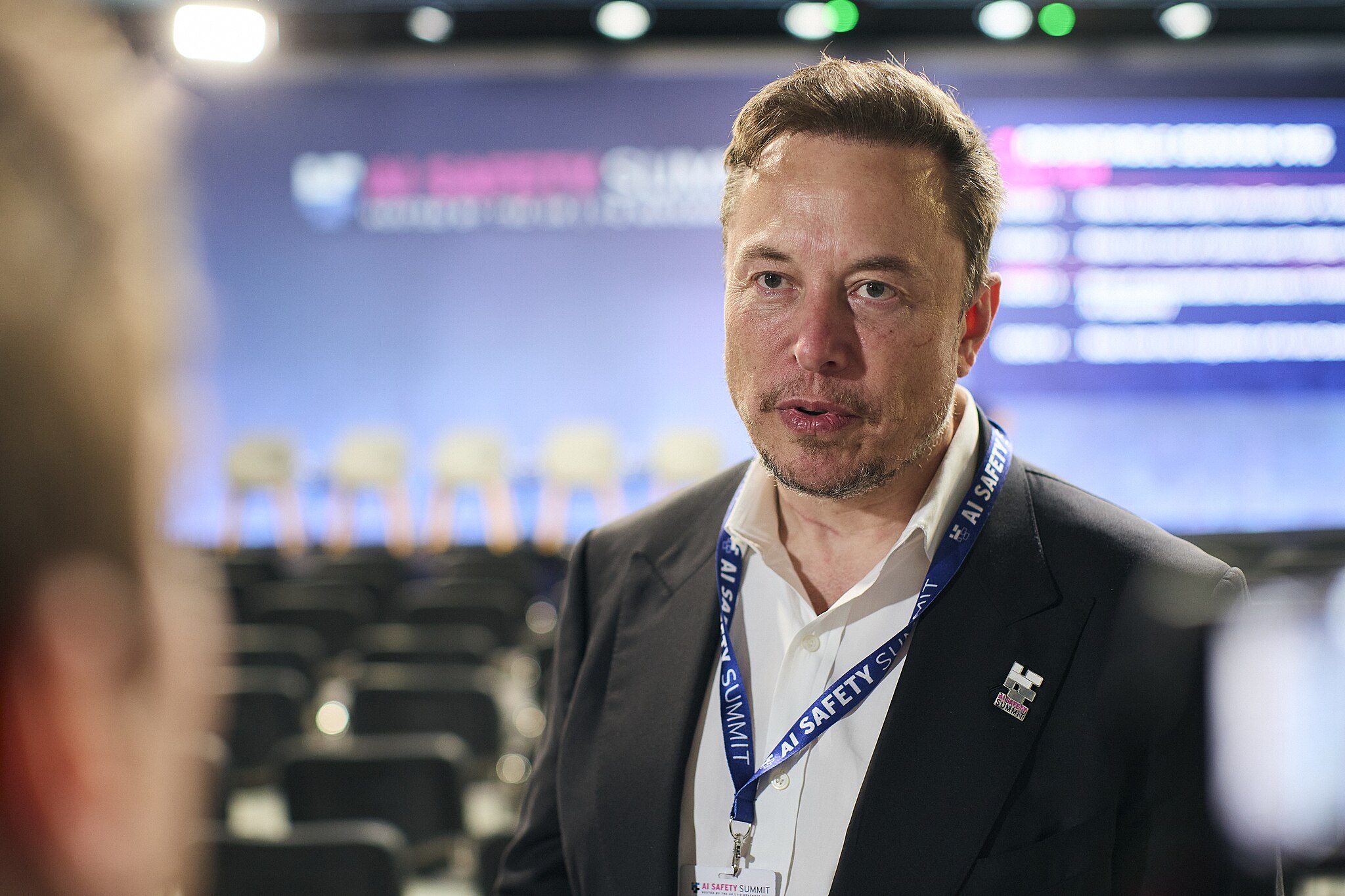
Elon Musk recently shared SpaceX’s standing policy to offer free Starlink service during natural disasters worldwide, highlighting the company’s commitment to pursue aid over profit during times of need.
Musk’s comments followed Starlink’s initiatives for people affected by severe flooding in Indonesia and Cyclone Ditwah in Sri Lanka.
Starlink activates free service in Indonesia and Sri Lanka
Starlink recently announced free service for those impacted by severe flooding in Indonesia’s Sumatra region, partnering with the government to deploy terminals rapidly to the hardest-hit areas. The offer extends to new and existing customers through December, restoring connectivity in zones where traditional networks have failed due to infrastructure damage.
Musk quoted the post on X, writing, “SpaceX standard policy is to make Starlink free whenever there is a natural disaster somewhere in the world. It would not be right to profit from misfortune.”
Starlink extended the same relief to Sri Lanka amid Cyclone Ditwah, coordinating with local authorities for additional support. The cyclone battered the island nation with heavy rains and winds, disrupting communications for thousands. Free access also lasts until year-end, emphasizing Starlink’s role in bridging gaps during crises.
“For those affected by the severe flooding in Indonesia and Sri Lanka in the aftermath of Cyclone Ditwah, Starlink is providing free service to new and existing customers through the end of December 2025. We’re also working with the Indonesian government to rapidly deploy terminals and restore connectivity to the hardest-hit areas on Sumatra, as well as with the Sri Lankan government to provide additional assistance,” Starlink wrote in a post on its official website.
Musk’s companies routinely provide aid
Musk’s firms have a track record of providing critical support in crises, often without fanfare, challenging portrayals of him as a comic book villain intent on enriching himself on the backs of a suffering populace. In January 2024 alone, Tesla opened Superchargers for free in Japan’s Hokuriku region after a magnitude 7.6 earthquake killed at least 55 and injured hundreds.
Similar efforts include Starlink deployments for the 2023 Maui wildfires, 2024 Hurricane Helene in North Carolina, and floods in Texas, where the service was used to help facilitate emergency coordination. These actions, which total millions in waived fees and logistics, demonstrate a proactive ethos among Musk’s companies, with Musk noting in past interviews that such aid stems from engineering solutions over optics.
The initiatives also provide a direct rebuttal of Musk’s characterization on mainstream media, which tends to lean negatively. This has become much more notable in recent years as Musk adopted more conservative policies. These negative sentiments came to a head earlier this year when Tesla stores, vehicles, and even some owners, were attacked during waves of anti-Tesla protests.








